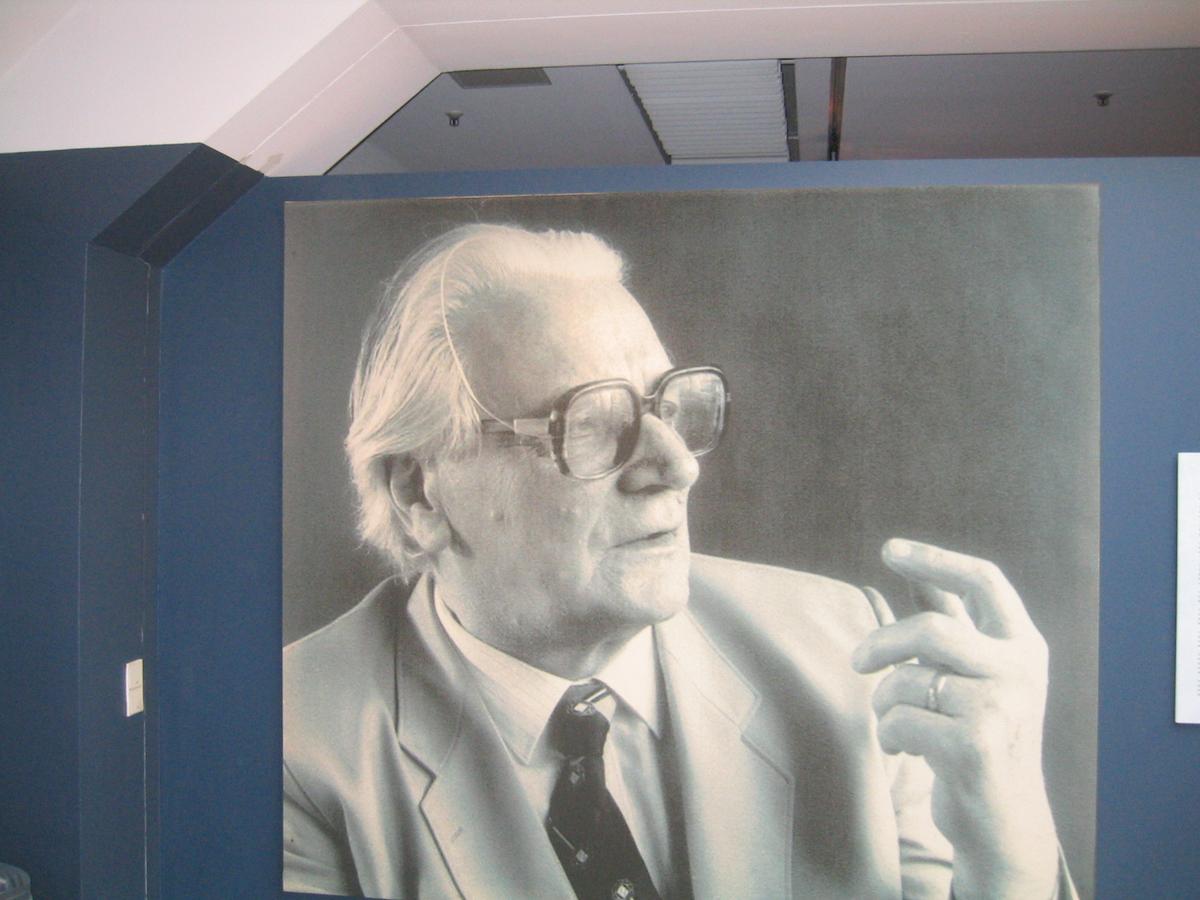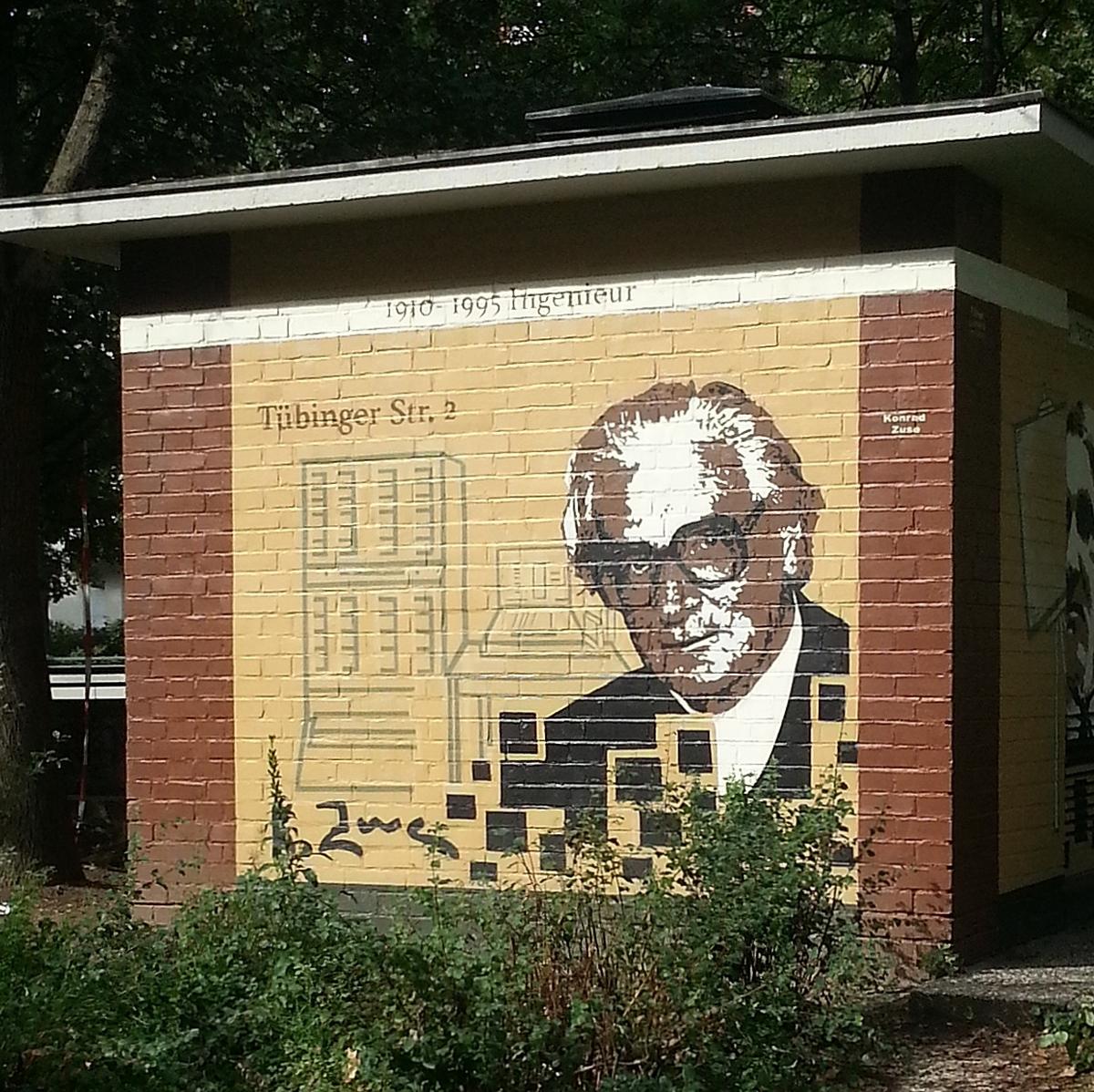
A Z3 replica on display at the museum. | Photo: Bulk upload checks individual sources for credit
Few fields have developed as quickly as information technology and computers. If you are lucky and know older people who have worked in the field, they may tell you about the size and processing power of the devices they had at their disposal when they were younger. Your parents and teachers should be able to tell you how quickly things have changed in this area over several decades. And you yourself should be fully aware that the gadgets we now carry in our hands are probably more powerful than the first computers that were built and took up entire rooms!
Turing completeness
In computer science, there is a term called Turing completeness, named after the famed English mathematician and computer scientist Alan Turing. Describes the ability of a system to compute any possible calculation or program. In other words, a rule system is Turing complete if it can be used to simulate any Turing machine. The Z3, a computer built by German engineer Konrad Zuse, was the world’s first fully functional programmable computer that was complete based on the Turing architecture.

Photo by Konrad Zuse in the German Technical Museum in Berlin. | Photo: Bulk upload checks individual sources for credit
Zuse (pronounced Crash-zuh) was born on June 22, 1910 in Deutsch-Wilmersdorf, now part of Berlin. During his school days, he impressed his lecturers with his many talents, but Zuse was most interested in painting.
Artistic engineer
For someone who became an engineer and changed the face of computer science, Zuse liked to draw. His Latin teacher at school once discovered Zuse’s drawings of locomotives and immediately brought them to the attention of the drawing master. In addition to his ability to create precise representations of models, Zuse had a natural talent for caricatures and even considered a career as a commercial artist.
After graduating, Zuse switched from mechanical engineering to architecture studies before finally settling on civil engineering. He believed that it would be the perfect solution for him, as it would allow him to combine the skills of an engineer and an artist.
Monotonous calculations
Although he obtained a degree in civil engineering in 1935, he soon grew tired of all the tedious calculations he constantly had to deal with in his chosen stream. In 1936, he began assembling metal plates, pins and discarded film plates in his parents’ living room, resulting in the Z1 – the first of many mechanical computers he would build – in 1938.
From someone who worked independently with the lend a hand of family members and close friends, Zuse soon had an assistant, as well as the support of professors who supported his computer project. With the world once again at war, this support was imperative as it allowed Zuse to be released from military service and instead concentrate on his research.
He starts from scratch
Zuse’s genius is that he literally built everything from scratch, without even realizing the internal structure of the calculators of his time. This turned out to be an advantage, albeit in an unusual way. While the calculators of the time were based on the decimal system and used rotating mechanical elements, Zuse set about building machines that used a binary system and metal shafts that simply switched one way or the other.
As Germany soon became embroiled in World War II, German researchers, including Zuse, were forced to work in relative isolation. This meant that Zuse had no idea that Howard Aiken, backed by IBM, was working on a similar project in the US and there was no exchange of knowledge between them.

A painting of Zuse on a street in Berlin. | Photo: Bulk upload checks individual sources for credit
While the Z1 was unreliable and ran for a few minutes at best before crashing, the Zuse had better luck in subsequent attempts. He invented the Z2 in 1940, but it was his 1941 Z3 that is considered his crown jewel.
On May 12, 1941, Zuse presented his Z3 at the German Aeronautical Laboratory in Berlin. It is currently considered the world’s first functional, automatic, programmable computer compatible with the Turing architecture.
Unfortunately, most of the world never had the opportunity to see the Z3, as the original was destroyed in 1943 during the bombing of Berlin. However, Zuse worked on a reconstruction of the Z3 in the 1960s and this replica can now be seen in a museum in Munich.








